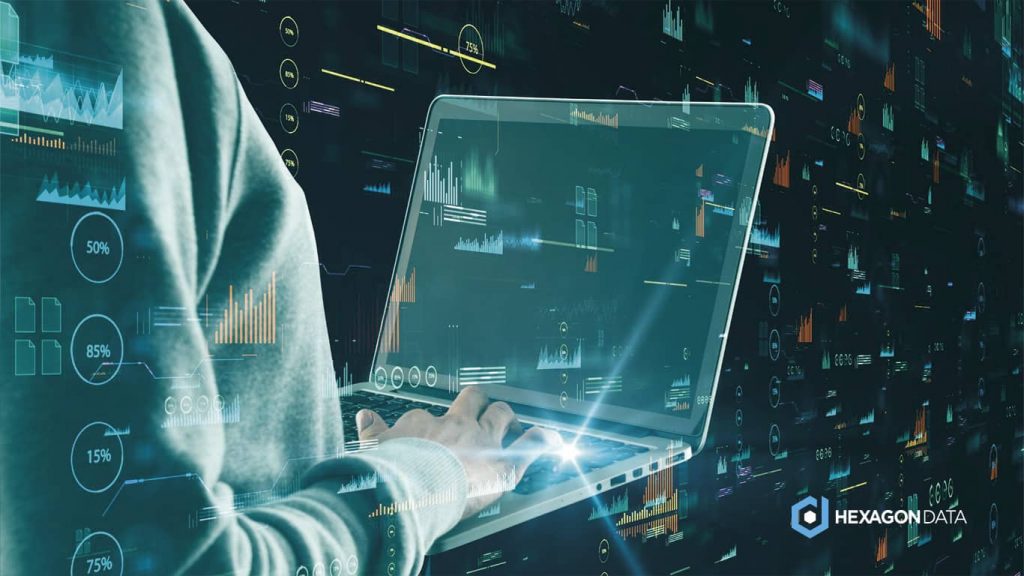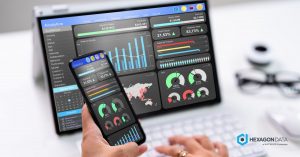|
Listen to the Article
|
The cookie-less world is upon us, and it has caught many marketers off guard. With the rise of privacy regulations and an increasingly tech-savvy consumer base, cookie-based tracking is no longer as reliable as it once was when they first burst onto the scene nearly two decades ago.
Fortunately, there are new technologies that can help marketers get the data they need to do their jobs more effectively without sacrificing consumer privacy. One such technology is the use of data clean rooms to analyze consumer behavior and gain insights about consumers’ preferences and interests.
In this article, we’ll take a deep dive into what data clean rooms are, how they work, and why they should be a key component of any savvy marketer’s toolkit in this new cookie-less world.
What is a Data Clean Room?
A data clean room is a secure online environment leveraged by marketers to safely collect and process large volumes of data without exposing companies’ proprietary information or customer data to security threats. Rather than using cookie-based tracking, which can be less accurate due to increased privacy regulations and changing consumer behaviors, clean rooms leverage anonymized datasets from various sources as well as artificial intelligence techniques like machine learning to identify useful patterns in user behavior.
These patterns can then be used to gain insights into user preferences and interests, enabling marketers to better personalize their campaigns for maximum impact and engagement. In addition to this, clean rooms also provide real-time analytics to help marketers adjust their strategies quickly if a campaign isn’t performing as expected.
How Does a Data Clean Room Work?
At its core, a data clean room works by gathering data from multiple sources and combining them together into an aggregated dataset before being analyzed by powerful machine learning algorithms. It then applies advanced statistical methods such as correlation tests and regression analysis to identify patterns in the ‘noise’ within the dataset which would not be visible with traditional marketing analytics tools. These patterns are then utilized to create actionable insights that can help marketers shape their strategies more effectively.

The key benefit of using data clean rooms is that they allow marketers to get high accuracy insights without violating customer privacy laws or sacrificing the quality of their insights due to diminishing cookies or inaccurate ID tracking. This makes them especially useful in countries where heightened privacy regulations limit the use of cookies.
What are The Benefits of Utilizing Data Clean Rooms?
Marketers who use data clean rooms stand to benefit from several key advantages including:
Increased accuracy for insights – As mentioned earlier, cookies have become increasingly unreliable over time due to increased privacy restrictions and changing consumer behaviors making it harder for marketers to accurately gauge user preferences. Data clean rooms allow for greater accuracy in targeting campaigns due to their reliance on anonymized datasets rather than divisive cookie-based tracking and targeting methods, resulting in better campaign performance.

If you are interested in cookieless in: Preparing for the cookiepocalypse
Real-time analytics – Data clean rooms provide real-time analytics meaning marketing teams can instantly adjust strategies mid-campaign without having to wait until after the fact when changes may no longer be applicable. This speeds up decision making processes significantly while also improving efficiency within marketing departments during campaigns periods.
Reduced reliance on third-party trackers – As well as being more reliable in terms of accuracy due to relying on anonymized datasets rather than divisive cookie tracking methods, data clean rooms also reduce dependence on third-party trackers as marketers will be able to store all campaign analytics within the secure environment provided by their clean room platform. Not only does this protect customer privacy but it also reduces overhead costs associated with outsourcing certain operations outside of the organization like buying third party data about user interests etc….
Conclusion
In conclusion, data clean rooms offer a number of advantages for companies looking to stay ahead of the curve when it comes to staying compliant with increasing privacy regulations while also gathering accurate insights about user preferences and interests directly from customers themselves. By leveraging machine learning algorithms within secure online environments, marketers now have access to powerful tools that enable them yet again have success in gaining user insight even when traditional tracking methods become increasingly unreliable.




